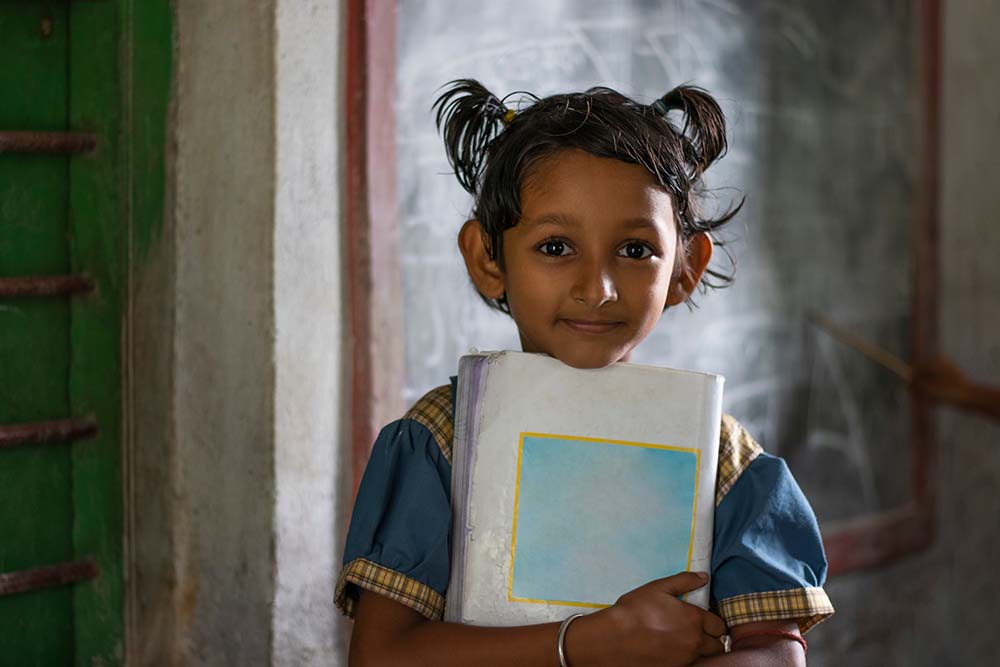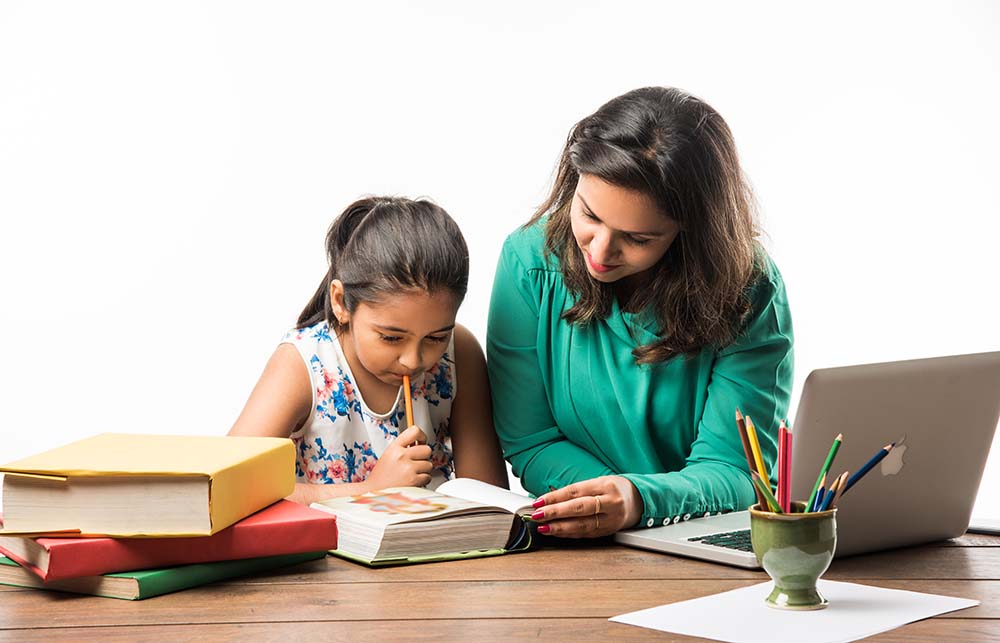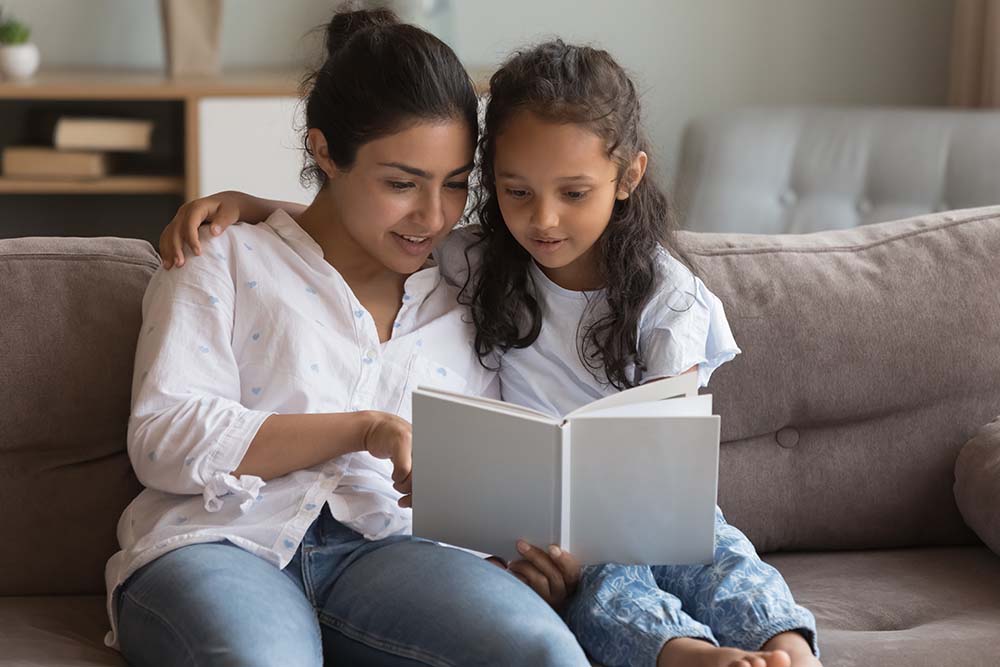Children wear their innocence on their sleeve; they are guileless without any deception. Sadly, the world we live in isn’t - to the extent that even adults may sometimes fall prey to deception. It is important to make your child aware of their surroundings and people, equipping them to be safe, smart and vigilant at a young age.

Understanding boundaries and safety is crucial for children, regardless of gender. The sense of touch plays a huge role as we introduce them to the concept of good touch and bad touch. It is crucial to keep the conversation age-appropriate and open. Clinical Psychologist, Mehezabin Dordi advises parents to broach this sensitive subject using simple language, emphasising that certain touches are meant to make them feel comfortable and safe, while others may feel uncomfortable or strange. These conversations can happen multiple times over the years. Utilise scenarios or stories to explain different types of touches. Encourage open communication by letting them know they can talk to you about anything that makes them uncomfortable, and reiterate that it is perfectly alright to say no to any touch that doesn’t feel right, even from someone they know.

Additionally, teaching them about body autonomy and personal space helps reinforce these concepts. Encourage them to trust their instincts and feelings about different touches while maintaining a positive and reassuring tone. Ms Dordi explains that parents can start educating their children as early as age three or four, and reinforce these concepts gradually as they grow older, adding more details and depth to the conversation as they mature. By starting early, you establish a foundation for understanding boundaries and safety, allowing for ongoing discussions as they age and encounter different situations.
Ms Dordi recommends a few books, websites, videos and interactive tools for parents, children and educators to seek help from, and serve as material to explain and engage the children.
Rule of thumb: Always preview these resources beforehand to ensure they align with your child’s age and comprehension level.

Books
‘Your Body Belongs to You’ by Cornelia Maude Spelman: A simple book that emphasises on the concept of body ownership and safety.
‘My Body! What I Say Goes!’ by Jayneen Sanders: Focuses on body safety, boundaries, and the importance of speaking up.
Websites
NSPCC (National Society for the Prevention of Cruelty to Children): Resources and guides specifically designed for parents to help teach children about body safety.
Kidpower: Offers articles, safety comics, and resources designed for children, parents, and educators on personal safety and boundaries.

Videos And Interactive Tools
Pantosaurus by NSPCC: An animated video featuring Pantosaurus, which helps explain private parts and how to keep them safe. Some apps offer interactive games and stories that subtly reinforce these concepts while engaging children in a fun way.
By arming children with clear, concrete and actionable steps and fostering an environment of trust and open communication, they’ll be better equipped to handle situations and seek help when necessary, even in the absence of parental supervision.